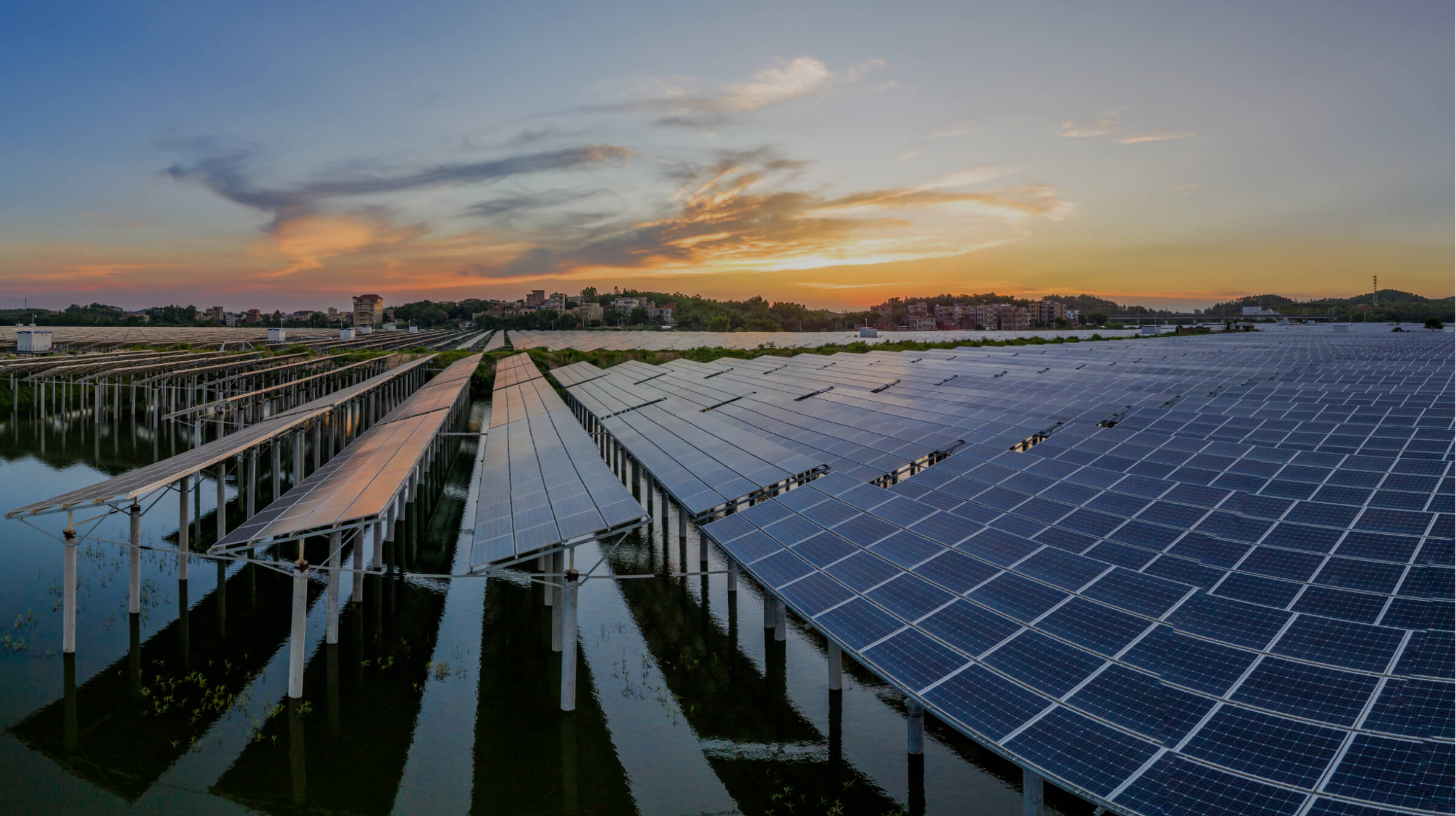Should I get a battery storage system as well as solar panels?


Installing a battery storage system to work in conjunction with your home or commercial solar energy set-up essentially means that excess or unused energy that is produced can be effectively stored and then used when you require it.
There are a number of important advantages to this, including greater energy independence, reducing the size of your electricity bills, and lessening your impact on the environment. You also get protection against both price rises and power outages.
With a battery storage system, excess energy produced during the day by your solar panels is not fed back into the grid, an option which many people choose as a means of benefiting from feed-in tariffs and thus reducing overall energy costs.
Installing a solar battery storage system, however, means that instead of unused energy being returned to the electricity grid, it is stored for later use, such as when there is little or no sunlight, at nighttime, or even when there is a blackout. This too has the effect of reducing your peak energy costs, as by using the electricity your own system has produced during daylight hours, you are not having to draw (and pay for) energy from the grid.
Using your own energy in this way also means increased efficiency and greater energy independence, and gives you access to a reliable and sustainable source of power at all times.
The way your solar system is configured will affect how much energy is able to be stored, as will the number and capacity of the batteries that have been integrated into the system.
Up to $3,000 is available as a subsidy from the State Government ($200 per kWh of storage installed, or $300 for energy concession recipients) via the Home Battery Scheme if you install a solar battery storage system that is virtual power plant (VPP) capable.
The current rate of subsidy is, however, likely to be reduced over time, as uptake of the scheme increases (it has already been lowered from its original rate of $4,000). If you already have solar panels installed, it is also possible to get a low interest loan to buy additional panels, in addition to the battery subsidy, through Plenti.
If you currently receive the 44c/kwh feed-in tariff via South Australia’s statutory feed-in scheme, you will no longer be eligible for this once you install a battery. If you receive a feed-in tariff via your retailer, you should contact them to enquire as to whether this will still be available to you.
Q. What are the overall benefits of a solar battery storage system?
A. The benefits include lower energy costs, more energy independence, less impact from electricity price hikes, flexible energy use, and protection against blackouts.
Q. How big are home batteries, and where are they installed?
A. Most batteries suitable for home installation are similar in size to an air conditioner, and weigh around 30 to 125 kg. They can be wall mounted or installed on the floor, and need to be located either outdoors or in a garage.
Q. If we have a blackout, will my battery still provide electricity?
A. One of the primary reasons many Adelaide homeowners choose to install battery storage as part of a solar energy system is to provide energy during a power outage or a blackout. However, not all battery systems provide blackout protection, so if this is your aim you need to make sure that any battery you are considering includes this feature.
Q. I already have solar panels — can I now add battery storage?
A. Battery storage can be added to an existing solar energy system, although you may also need to add additional panels if you are to get the maximum benefit from home storage.
Q. If I have a solar battery, can I live ‘off the grid’?
A. It is possible to live off the grid, but not if you are in receipt of a subsidy to purchase your battery. This is because it is a requirement that any subsidised storage system is capable of being part of South Australia’s virtual power plant. However, if you don’t require a subsidy, then solar battery storage can essentially take you off the power grid.
Q. Is council approval required to install a battery?
A. Council approval will be required if you live in a multi-storey residential flat or apartment building. You should also seek written approval from your body corporate before you purchase a system. In terms of other types of property, whether council approval is required will depend on the local authority where you live.
Q. Where can I find out more about subsidies for home solar energy, feed-in tariffs and battery storage systems?
A. Click below to find out more information:
Small-scale Renewable Energy Scheme
Solar feed-in payments in South Australia
South Australia Home Battery Scheme